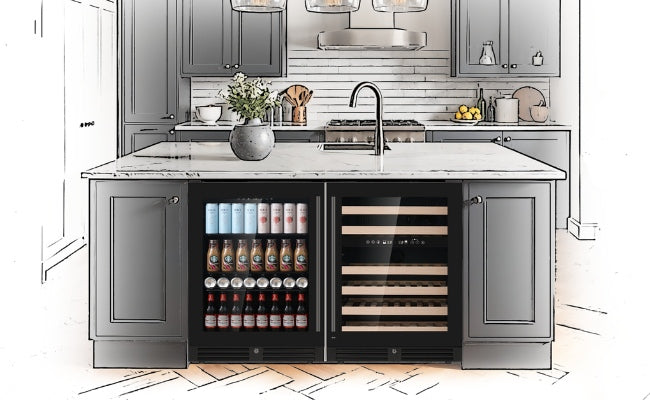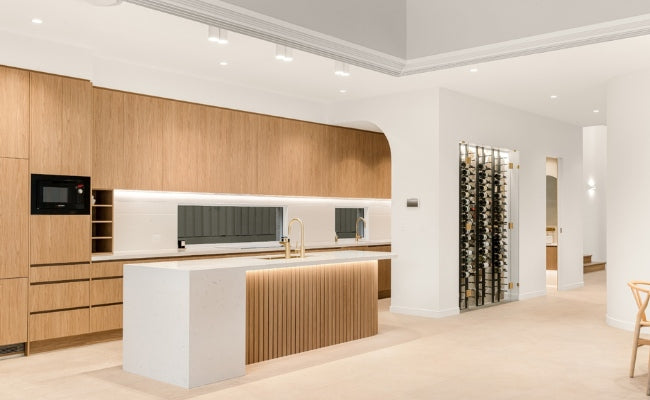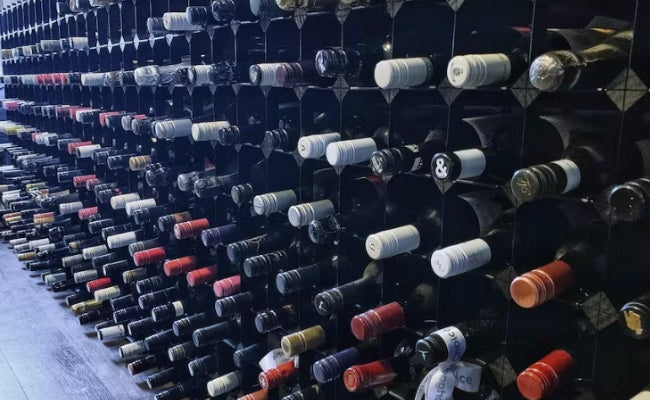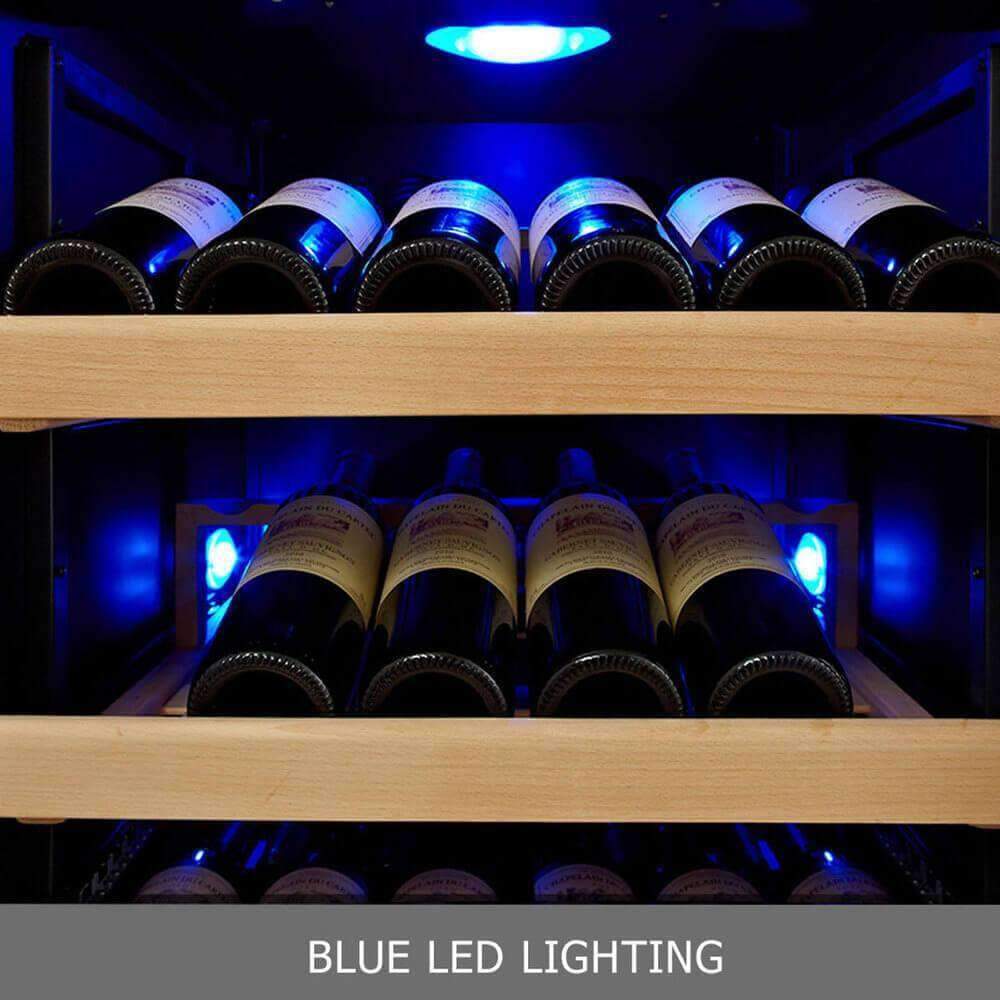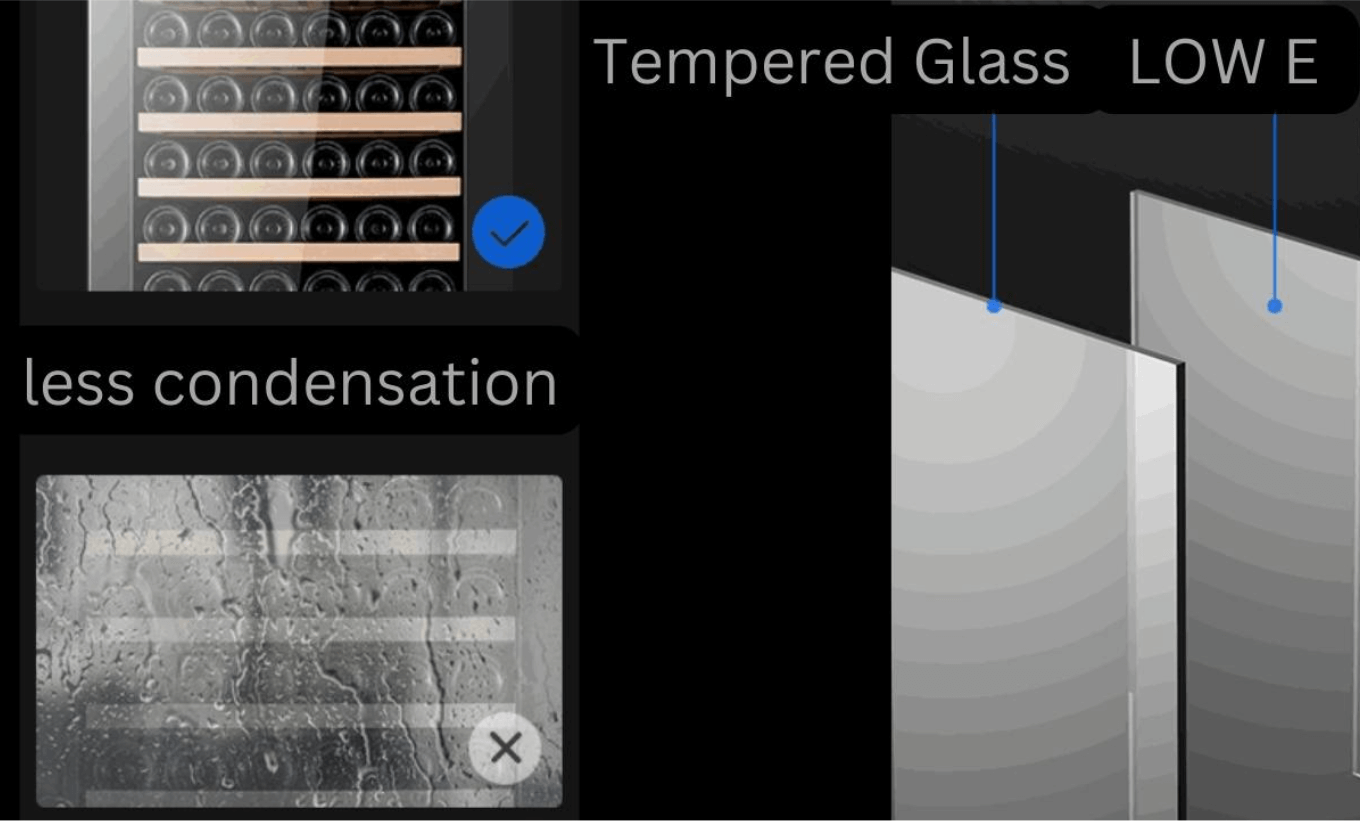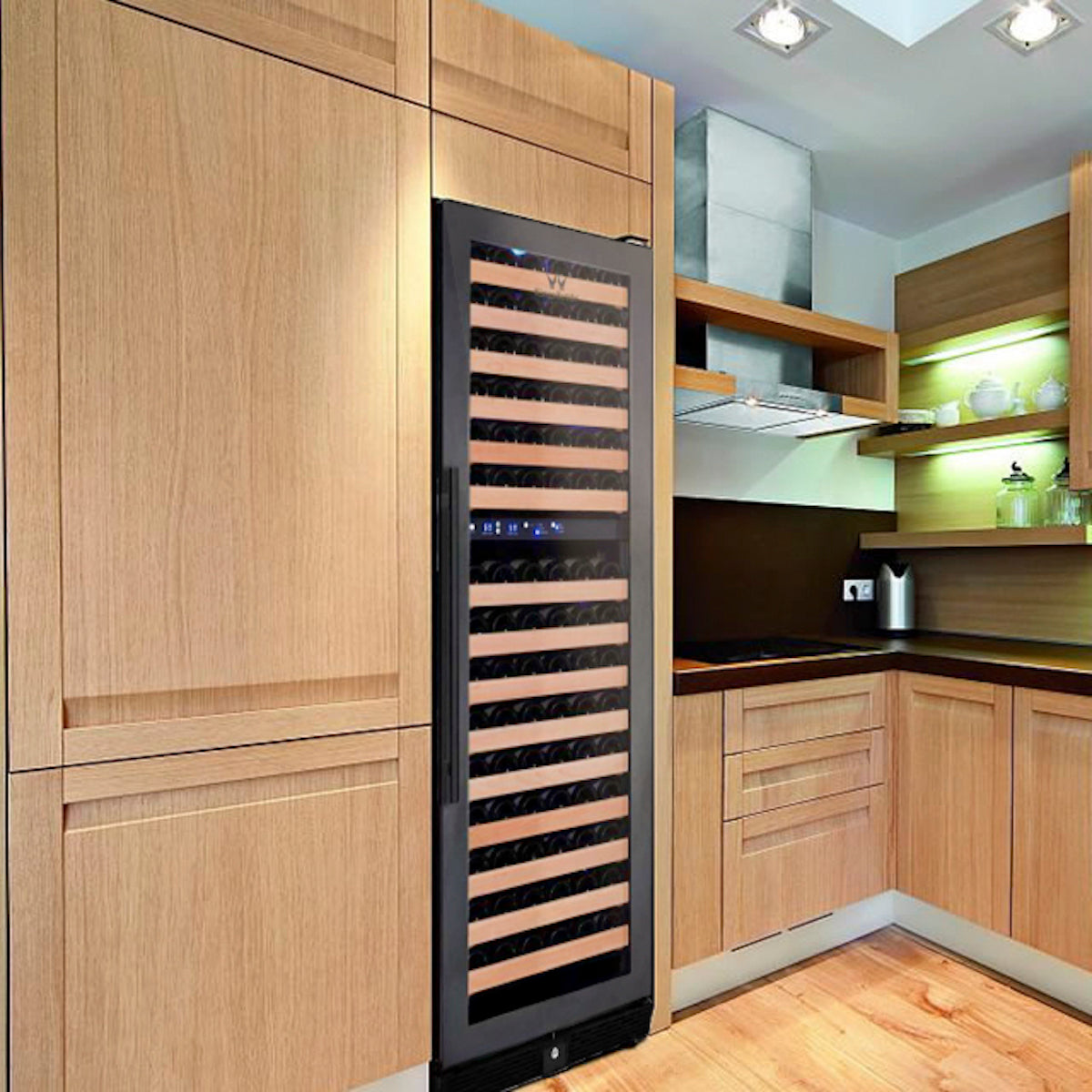
Is it Suitable to Place a Wine Fridge Inside a Closet?
If you are a wine enthusiast, you may wonder if placing a wine fridge inside a closet is suitable. While it may seem like a convenient solution for saving space and keeping your wine at the ideal temperature, there are several factors to consider before making this decision.
The Basics of Wine Storage
Before we delve into the specifics of using a closet as a wine fridge location, we must understand the basics of wine storage. Wine is a delicate beverage requiring proper conditions to age and preserve quality. The three main factors that affect wine storage are temperature, humidity, and light exposure.
The Importance of Temperature in Wine Preservation
Temperature plays a critical role in preserving wine's flavor and aging process. Ideally, wine should be stored between 45°F and 65°F (7°C and 18°C), with a consistent temperature to prevent any fluctuations that could damage the wine.
When the temperature is too high, it can accelerate the aging process, causing the wine to lose its complexity and become flat. On the other hand, if the temperature is too low, it can slow down the aging process and prevent the wine from reaching its full potential.
When considering placing a wine fridge inside a closet, it is crucial to assess if the closet can maintain the desired temperature range without any significant fluctuations. Insulation and ventilation are key factors to ensure the closet provides a stable environment for your precious wine collection.
Humidity and Its Effect on Wine Quality
Humidity is another crucial factor to consider when storing wine. Proper humidity levels help prevent the corks from drying out or getting moldy. The ideal humidity range for wine storage is between 50% and 70%.
When the humidity is too low, the corks can dry out, allowing air to seep into the bottle and spoil the wine. On the other hand, excessive humidity can lead to mold growth, tying the wine and ruining its taste.
When evaluating a closet as a potential location for a wine fridge, it is essential to determine if the closet can maintain the appropriate humidity levels for long-term wine storage. Consider using a hygrometer to monitor the humidity levels and make necessary adjustments if needed.
Light Exposure and Wine: What You Need to Know
Light exposure can be detrimental to wine, as it can cause premature aging and spoilage. UV rays from both natural and artificial light sources can degrade the wine's quality and alter its flavor. Wine bottles are typically made from dark glass to protect against light exposure.
When considering a closet as a wine fridge location, assess if the closet is completely dark or can be easily shielded from light sources to prevent any adverse effects on the wine. If the closet has windows or exposed light fixtures, consider using blackout curtains or installing UV-blocking film to protect your wine collection.
It is important to note that fluorescent lights emit tiny amounts of UV radiation, which can still affect the wine over time. If the closet has fluorescent lighting, it may be beneficial to switch to LED lights, which emit minimal UV radiation and generate less heat.
The Concept of a Wine Fridge
A wine fridge, also known as a wine cooler, is a specialized refrigerator designed to store wine at the optimal temperature and humidity levels. Unlike a regular refrigerator, a wine fridge provides a more controlled environment for wine storage.
Wine fridges are essential for wine enthusiasts who want to preserve their collection correctly. The temperature consistency in a wine fridge helps wines age gracefully, allowing them to reach their full potential in flavor and aroma.
The Functionality of a Wine Fridge
A wine fridge typically has adjustable temperature settings, humidity control, and UV-resistant glass doors to protect the wine from light exposure. It also has specially designed racks to hold wine bottles securely and prevent them from vibrating or moving around.
Proper ventilation is crucial for a wine fridge to operate efficiently. Without adequate airflow, the cooling system may struggle to maintain the desired temperature, affecting the quality of the stored wines.
Different Types of Wine Fridges
Various types of wine fridges are available in the market, ranging from countertop models to freestanding and built-in options. Countertop wine fridges are compact and suitable for storing a small wine collection. Freestanding wine fridges are more versatile and can be placed anywhere, while built-in wine fridges are designed to fit seamlessly into cabinetry or a specific space.
Each type of wine fridge offers unique benefits depending on the space available and the size of the wine collection. Countertop wine fridges are ideal for those with limited space or a smaller wine inventory, while built-in wine fridges provide a sleek and integrated look for modern kitchen designs.
Evaluating the Suitability of a Closet for a Wine Fridge
Assessing the Size and Space of Your Closet
Before placing a wine fridge inside a closet, evaluating the closet's size and space is essential. Measure the closet's dimensions to ensure that it can comfortably accommodate the wine fridge. Consider the clearance needed for ventilation and proper airflow around the fridge.
Take into account the weight of the wine fridge and ensure that the closet's flooring can support it without any risk of damage. If necessary, reinforce the floor to provide a stable and secure foundation for the appliance.
Ventilation Considerations for Closet Wine Storage
Adequate ventilation is crucial for a wine fridge to function optimally. The cooling system requires proper airflow to dissipate heat and maintain the desired temperature. Assess if the closet has sufficient ventilation or if modifications can be made to ensure proper airflow.
Consider installing a small fan inside the closet to improve air circulation around the wine fridge. This can help prevent hot spots and ensure uniform cooling throughout the storage space.
Consult the manufacturer's guidelines for the wine fridge to understand the specific ventilation requirements and ensure that the closet meets those criteria.
Temperature and Humidity Control in a Closet
One of the most critical factors to consider when using a closet as a wine fridge location is its ability to maintain temperature and humidity control. Evaluate if the closet can be insulated to ensure a consistent temperature range and appropriate humidity levels.
Installing a thermostat in the closet can help monitor the temperature and humidity and make any necessary adjustments to maintain the ideal conditions for wine storage.
Potential Risks and Solutions of Closet Wine Storage
Dealing with Overheating Issues
Placing a wine fridge inside a closet can increase the risk of overheating if the closet's ventilation is inadequate. Overheating can lead to compromised wine quality and potential damage to the wine fridge. Consider installing a fan or additional ventilation systems to prevent overheating issues.
Preventing Humidity and Light Exposure Problems
If the closet lacks proper insulation or lightproofing, it can result in humidity and light exposure problems. These issues can negatively impact the wine's quality and aging process. Consider using insulating materials and blackout curtains to control humidity and prevent light exposure.


